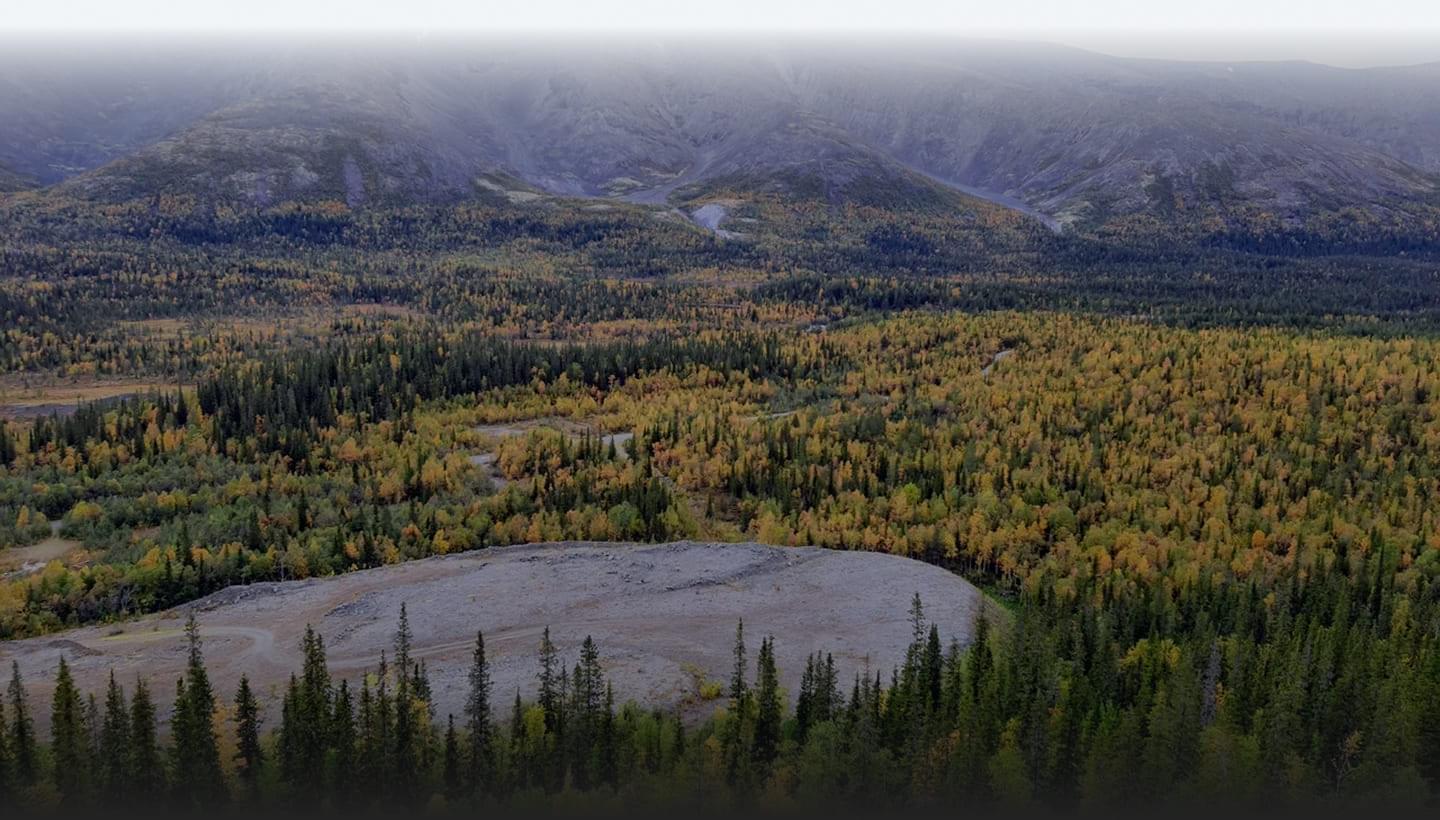Excursion
Ecotrope "Along the Lake" (Lapland Nature Reserve)
Add to the journey
The ecotrope "Along the Lake" runs through the territory of the Lapland Reserve along the winding shore of Lake Chuna to the place where the old base of the reserve was previously located: the first cordon, a bathhouse and a house, which was subsequently moved to the current estate. Now it is the house-museum of the first director of the reserve, Herman Mikhailovich Kreps.
The trail is fully equipped with wooden flooring, there are no ascents on it. It will appeal to those who want to be alone with nature in order to sensitively observe and study its subtle matters. Some call the route along the lake "the path of reflection" because it offers to reflect on the fragility of northern nature.
Beyond the sphagnum swamp and The second stream of the trail leads to the shift swamp, where the three-leafed watch and the insectivorous English dewdrop plant grow. The peak of its growth falls in July, and if desired, the dewdrop can be fed. To do this, it is enough to catch a fly or a mosquito and "give" it to a dewdrop. The insect will stick to special glands, and the plant will digest the prey for several days.
There is a bear den on the trail, which you can look into and study it inside. The bear spends almost half of the year in the den, but does not return to the old places, so you can inspect it without any fear.
On the way, you can come across a woodpecker's forge, meet a viviparous lizard or an ordinary viper that will bask in the sun.
The forest on the trail is of a mixed type: the spruce forest is gradually replaced by an old—age pine forest. In some places, pine trees grow that are more than 300 years old. But age cannot withstand windfalls and windbreaks, so there are more than a dozen fallen trees in the forest, which have become home to various animals. Many birds, the pied flycatcher, the white-browed thrush, nest in hollows and the root system of dead trees. Such trees are nesting sites and a source of food for woodpeckers, as well as brown—toothed, voles, frogs, lizards and vipers.
You can relax on the way in one of the three gazebos that are located on the route.
You can get acquainted with the order and rules of visiting, as well as purchase a ticket on the reserve's website or by phone +7(921)283-03-31Rules of behavior in natural areas
Dear tourists, when visiting natural areas, remember that your stay should be safe for nature.
To do this, you need to follow simple rules:
- Do not dig up or set fire to plants;
- Do not break tree branches;
- Do not chase animals and do not break their homes;
- Do not touch the chicks that have fallen out of the nest;
- Don't dig holes;
- Do not move off/off existing roads/trails;
- Do not break tourist parking lots and do not light bonfires outside specially designated areas;
- Don't leave any garbage behind;
- Do not turn on sound amplifying devices unnecessarily;
- Take care of our nature – the basis of life on Earth!
You will see
On the map
Reviews

So far, no one has left a review. Be the first!